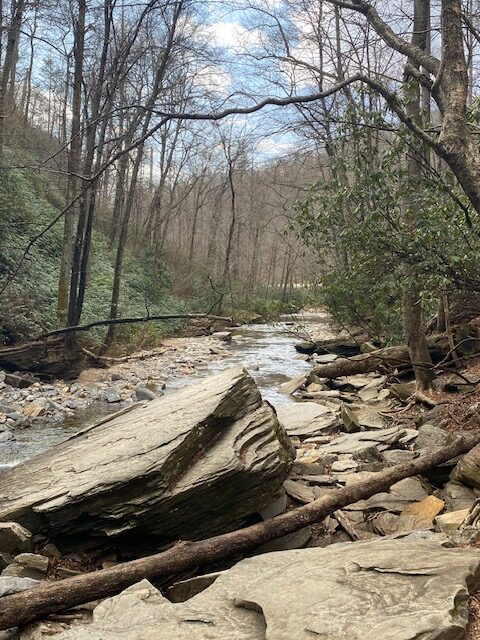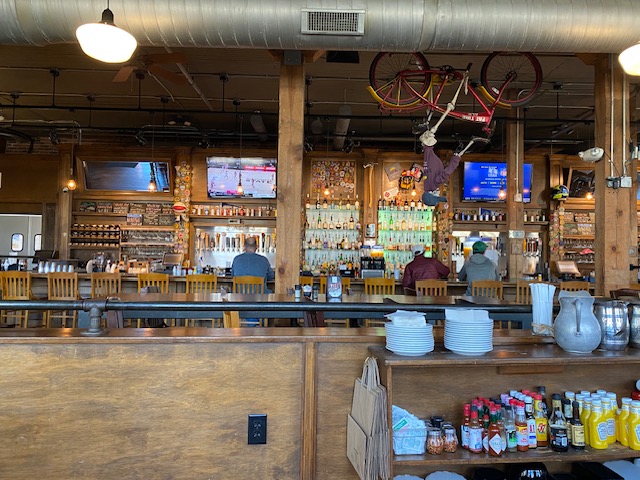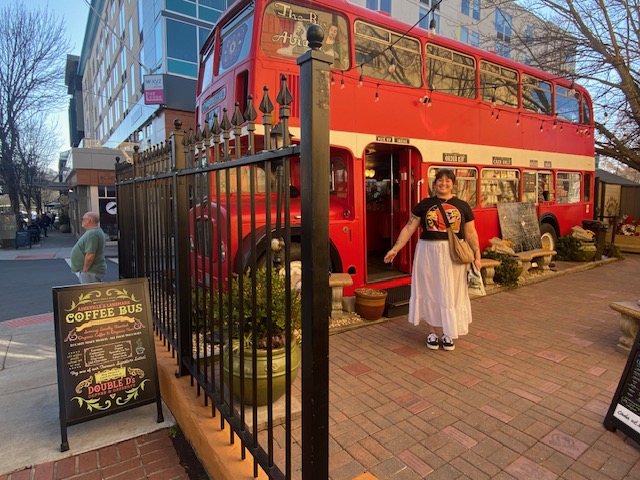
My heart aches for the Earth.
I once led a yoga philosophy workshop focused on Robin Wall Kimmerer’s award-winning book Braiding Sweetgrass, and I keep thinking about how much we know and how little of what we know is put into action. An Indigenous scientist, teacher and author, Kimmerer writes in rich prose about what we can learn from Indigenous wisdom and the plant world.
In her latest book, The Serviceberry (which I have yet to read), she continues to consider the ethic of reciprocity. As Kimmerer explains, “Serviceberries show us another model, one based upon reciprocity, where wealth comes from the quality of your relationships, not from the illusion of self-sufficiency.” The Serviceberry is an antidote to the broken relationships and misguided goals of our times.
The first steps we all need to take are to be in Nature. And then become filled with the sounds, sights, scents, feel and even the taste of it. Allow Nature to heal you and you seek to heal it. Seriously, hug a tree. Taste a leaf. Run your fingertips over a rock. Let the wind touch your skin. Listen for rustling in the undergrowth and the flapping of birds’ wings. Let it calm your soul and focus your awareness.
This morning, I went down a rabbit hole on Facebook when reels of flash flooding in Kentucky, West Virginia, Virginia, and Tennessee woke me up. Again. More praying for the good Earth. Honestly, what will we do when the Earth can no longer sustain us? Isn’t that what we should be focused on? What would it look like if we all focused just on the Earth and its people? I think that’s where we’re going, because we won’t have a choice. Another book I can recommend is Flight Behavior by Barbara Kingsolver, in which the declining monarch butterfly population takes center stage in Appalachia and one woman’s discovery energizes religious leaders, climate scientists, environmentalists and politicians.
Last week, I penned three Facebook posts about our five-day trip to Asheville, North Carolina. We saw debris hurled over newly naked ground and halfway up trees, skeletal frames of buildings wound with crunched metal, torn-up riverbanks that looked tornado-ravaged, tour buses lying on their sides, abandoned no-longer-running vehicles strewn along roadways, and organized piles to be carted away by humans. We wanted to explore the Blue Ridge Parkway, but every few miles, closures rerouted us. And in what was once a flourishing artist’s world, the River Arts District is still struggling, with much to be rebuilt, or not. Many people have been displaced, and restaurants, bars and breweries operating with skeletal staff have trouble filling tables. We were told clean-up is only about 10% completed.
But there is hope. People are resilient.

Billy Strings played in downtown Asheville for three nights two weekends in a row — the energetic bluegrass musicians with their violin, banjo, guitar, bass and mandolin have an amazing following in the Blue Ridge area, and the city welcomed them with parties, local music and art fests. Live for Live Music reported that “These two weekends brought the city back to life, with tens of thousands of fans doing their part — just as they did inside the venue by completing the energetic circuit that kept the ExploreAsheville.com Arena buzzing for a week straight.” We had trouble getting into a restaurant before attending the concert, and the sidewalks were crowded. It was good for the city.
One way to help people devastated by natural disaster is to visit and spend money. The day of the concert, we enjoyed the view from the French Broad River Overlook on the Blue Ridge Parkway, the river peaceful and the river broader. Finding the Blue Ridge Parkway closed, we followed the Pisgah National Forest Parkway to the visitor’s center and Looking Glass Falls, then visited Oskar Blues and Sierra Nevada breweries.
The next day, we entered the parkway at a different spot and stopped at the Blue Ridge Parkway Visitors Center and Folk Art Center, which provided overviews of the history and culture of the area and the rich arts and crafts industry of the area. This is the stuff I love — the 469-mile Blue Ridge Parkway connects Shenandoah and Great Smoky Mountain National Parks and is the product of a series of major public works projects which provided a boost to the travel and tourism industry and helped the Appalachian region climb out the depths of the Great Depression.
Over the next couple of days, we visited local shops, gallery malls, food halls, restaurants and breweries. Our goal was to fully explore Asheville as it is today. I can recommend all of the breweries we visited, which in addition to Oskar Blues and Sierra Nevada, included Highland Brewing, New Belgium Brewing and Twin Leaf, Green Man, and Dirty Jack’s in downtown Asheville’s South Slope area. We had great meals at Stone Ridge Tavern near Candler where we stayed in an amazing Airbnb, and at Burton Chicken Palace, Oyster House Brewing Company, Pack’s Tavern and brewery food trucks. We talked with people about the city and got to know its culture. It was a whirlwind of fun while trying to not drink or eat too much while still spending money. I can’t wait to go back.
Visting ravaged places (and there are tons of them now) may not be enough. Please consider supporting environmental causes, both big and small, nationally and locally. Learn what you can do for the Earth before we’re no longer able to heal her, before she dies. And us with her.
If you get outside, you’ll be moved to take action. I challenge you to resist.
See more photos here.
